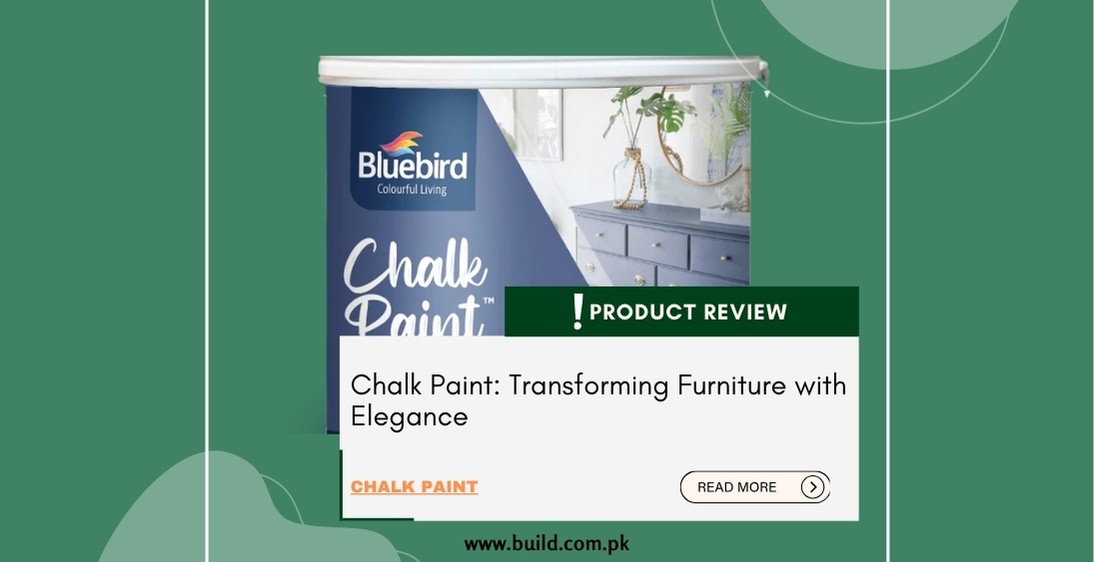Enhancing Your Dining Room with a Crockery Cabinet

Introduction:
A
crockery cabinet is more than just a storage solution for your dining room. It
is a statement piece that can showcase your fine china, crystal glasses, and
cherished family heirlooms. With the right crockery cabinet, you can add a
touch of elegance and functionality to your dining space. This comprehensive
guide will help you understand the different types of crockery cabinets, how to
choose the perfect one for your home, and tips for styling and maintaining it.
Types of Crockery Cabinets
1. Display Cabinets:
Display
cabinets are designed with glass doors to showcase your crockery and decorative
items. These cabinets often come with interior lighting to highlight your
collection and create a visually appealing display. Display cabinets can be
found in various sizes and styles, ranging from tall and narrow to wide and
expansive. The glass doors not only allow you to display your items but also
protect them from dust and accidental damage. The interior lighting, typically
LED, can be adjusted to enhance the visual appeal of your collection, making
each piece look its best.
Advantages:
- Ideal for showcasing valuable or beautiful crockery.
- Adds a touch of elegance to your dining room.
- Protects your items from dust while keeping them visible.
- Enhances
the overall ambiance with built-in lighting.
2. Buffet and Hutch:
A
buffet and hutch combination provides ample storage space with both closed and
open sections. The buffet, or lower part, typically features drawers and
cabinets for concealed storage, while the hutch, or upper part, has shelves or
glass doors for display purposes. This type of cabinet is perfect for those who
need a mix of hidden and visible storage. The lower buffet can store table
linens, cutlery, and serving dishes, while the hutch can display your finest
crockery, decorative plates, and glassware. The combination of closed and open
storage makes this an incredibly versatile piece of furniture.
Advantages:
- Combines storage and display functions.
- Offers versatile storage options for different types of crockery.
- Adds a traditional and substantial look to your dining room.
- Provides
a large surface area for serving during gatherings.
3. Corner Cabinets:
Corner
cabinets are designed to fit snugly into the corners of your dining room,
maximizing space usage. These cabinets often feature a mix of open shelves and
closed storage. Corner cabinets are perfect for small dining rooms or spaces
where wall space is limited. They utilize often-overlooked corners effectively,
providing additional storage and display options without taking up too much
space. These cabinets can also add a unique and attractive focal point to your
dining room, drawing attention to the corners and making the room feel more
cohesive and well-designed.
Advantages:
- Ideal for small dining rooms or spaces with limited wall space.
- Utilizes often-overlooked corner areas effectively.
- Can create a unique and attractive focal point.
- Offers
a blend of display and storage in a compact form.
4. Sideboards:
Sideboards
are low, long cabinets that offer a combination of drawers and cabinets for
storage. They often feature a flat top surface for displaying decorative items
or serving food. Sideboards are incredibly versatile and can be used for both
storage and display. The flat top surface can be used to display vases, photo
frames, and other decorative items, or it can serve as a buffet table during
gatherings. The drawers and cabinets below provide ample storage space for
tableware, serving dishes, and other dining essentials. Sideboards are
available in various styles, from modern and minimalist to traditional and
ornate, making them suitable for any dining room decor.
Advantages:
- Provides ample storage without overwhelming the space.
- Versatile and can be used for both storage and display.
- Complements modern and minimalist dining room designs.
- Serves
as an additional surface for serving during parties and gatherings.

Choosing the Perfect Crockery Cabinet
1. Size and Space:
Measure the available space in your dining room to ensure the cabinet fits comfortably. Consider the cabinet’s height, width, and depth, and ensure there’s enough room for doors to open fully. Think about the layout of your dining room and where the cabinet will be placed. Ensure it does not obstruct walkways or make the room feel cramped. If you have a small dining room, consider a corner cabinet or a smaller sideboard to maximize space without sacrificing functionality.
2. Style and Design:
Choose a style that complements your dining room decor. Traditional, modern, rustic, or vintage styles can enhance the overall look of the space. Look for design details such as glass doors, ornate handles, or carved wood that align with your aesthetic preferences. Consider the existing furniture and color scheme in your dining room. The cabinet should blend seamlessly with your current decor and enhance the overall ambiance. Think about the long-term appeal of the cabinet. Choose a timeless design that will remain stylish and functional for years to come.
3. Material and Finish:
Select a material that suits your style and maintenance preferences. Common materials include wood, glass, and metal. Ensure the finish matches or complements your dining room furniture. Options range from polished and glossy to distressed and matte finishes. Consider the durability and longevity of the material. Solid wood is a classic choice that is both sturdy and elegant, while metal and glass can offer a more contemporary look. Think about how the material will age over time. Some finishes may develop a patina, adding character to the cabinet, while others may require more maintenance to keep them looking their best.
4. Storage Needs:
Assess your storage requirements based on the size and type of your crockery collection.Look for cabinets with adjustable shelves, drawers, and compartments to accommodate different items. Consider the types of items you need to store, such as plates, bowls, glasses, and serving dishes. Ensure the cabinet has enough space and the right type of storage for each item. Think about future needs as well. If you plan to expand your crockery collection or entertain more frequently, choose a cabinet with extra storage capacity.
Styling Your Crockery Cabinet
Displaying Crockery:
Arrange your crockery by size, type, or color for an organized and visually appealing display. Use plate stands or holders to showcase plates and platters upright. Group similar items together, such as all your glasses on one shelf and plates on another, to create a cohesive and organized look. Consider rotating your display seasonally or for special occasions to keep it fresh and interesting.
Adding Decorative Elements:
Incorporate decorative items such as vases, candles, or framed photos to add personality to your display. Use seasonal decor to keep the display fresh and relevant throughout the year. Add greenery or flowers to bring a touch of nature into your dining room and soften the look of the cabinet. Consider using decorative trays or baskets to organize smaller items and add visual interest.
Lighting:
Install interior lighting to highlight your collection and create a warm ambiance. Opt for LED lights to prevent heat buildup and protect your crockery. Use dimmable lights to adjust the brightness according to the time of day and the mood you want to create. Consider using fairy lights or small spotlights to add a touch of magic and highlight specific items in your display.
Maintaining Your Crockery Cabinet
Regular Cleaning:
Dust the cabinet regularly to keep it looking pristine. Clean glass doors with a streak-free cleaner to maintain clarity and shine. Wipe down the shelves and interior surfaces with a damp cloth to remove any dust or debris. Polish wooden surfaces occasionally to maintain their shine and protect the finish.
Protecting Your Crockery:
Use shelf liners or padding to prevent scratches and chips on your crockery. Ensure items are securely placed to avoid damage from accidental bumps or vibrations. Avoid overloading the shelves to prevent them from sagging or breaking. Handle your crockery with care, especially when arranging or removing items from the cabinet.
Preventing Wear and Tear:
Avoid placing heavy items on the top surface of the cabinet. Periodically check hinges, handles, and shelves for signs of wear and repair or replace as needed. Use felt pads or coasters under decorative items to prevent scratches on the surface. Ensure the cabinet is placed on a level surface to prevent it from tipping or wobbling.
Conclusion:
A
crockery cabinet is a valuable addition to any dining room, offering both
practical storage and an opportunity to display your treasured items. By
considering factors such as size, style, material, and storage needs, you can
choose the perfect cabinet to enhance your dining space. With thoughtful
styling and regular maintenance, your crockery cabinet can become a centerpiece
of your home, combining functionality with aesthetic appeal. Whether you're
entertaining guests or enjoying a family meal, a well-chosen and
well-maintained crockery cabinet adds elegance and charm to your dining
experience.









